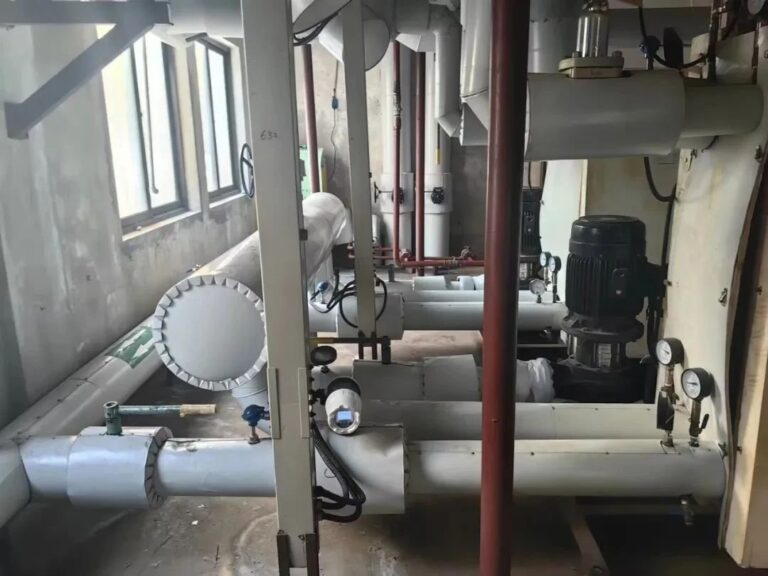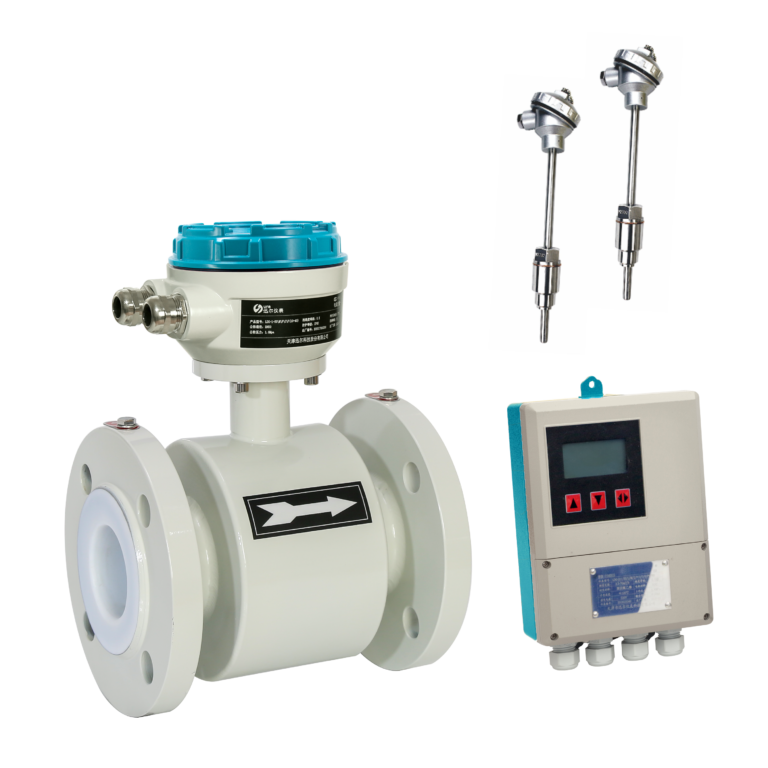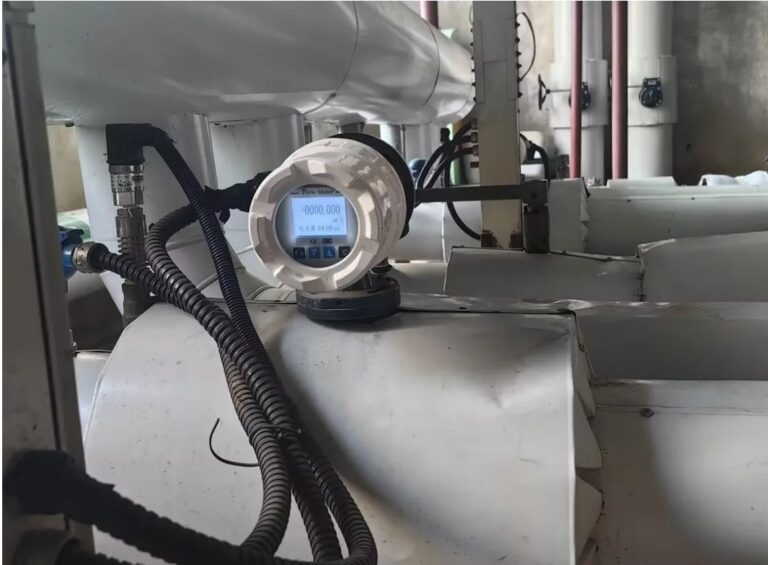A city centralized heating system consists of four main parts: heat sources, heating networks, heat exchange stations, and various forms of heat users. This system supplies effective heat through centralized heat sources, using hot water or steam as the transmission medium via heating networks, meeting the heating demands of an entire region or city, including industrial use and residential heating.
Heating companies can use a combination of sensors to monitor different areas’ heat exchange stations and indoor temperatures in real time. Paired with remote control systems to adjust supply and return water, efficient heating can be achieved, avoiding excessive energy waste and carbon emissions.
In urban centralized heating, three main types of sensors are used:
- Flow meters
- Temperature sensors
- Pressure sensors

Applications in Heat Exchange Stations
- Flow Meters: These measure the flow rate and volume of heating water, helping heating companies understand the overall output and perform water balance calculations to ensure heating effectiveness.
- Temperature Sensors: Used for monitoring both the output water temperature at the station and room temperatures. Real-time data assists in adjusting the water temperature and detecting equipment malfunctions.
- Pressure Sensors: Heating systems must maintain a certain pressure level (typically 1.0-1.5 bar). Pressure sensors monitor this to ensure system stability.

Case Study In a project in Hebei Province, three new heat exchange stations were built for a community to ensure winter heating. Each station required three flow meters for primary and secondary water pipes that could withstand high temperatures and had good negative pressure resistance. Four temperature sensors and four pressure sensors were also installed for monitoring, with display capabilities for managing supply and return water.
Solution The Zero Instrument team developed a tailored solution, choosing electromagnetic flow meters for their high-temperature resistance and selecting appropriate linings and electrodes for the specific temperature and water quality requirements. The sensors had IP68 protection to prevent condensation issues, and the system included temperature and pressure sensors.

Feedback The system’s trial showed stable performance, ensuring accurate data collection. Zero Instrument provided installation guidance and training for staff on instrument operation and maintenance. On-site staff reported that the company offered excellent service, consistent products, and easy maintenance, improving work efficiency. The instruments also featured self-diagnostic functions, enhancing safety during use.
